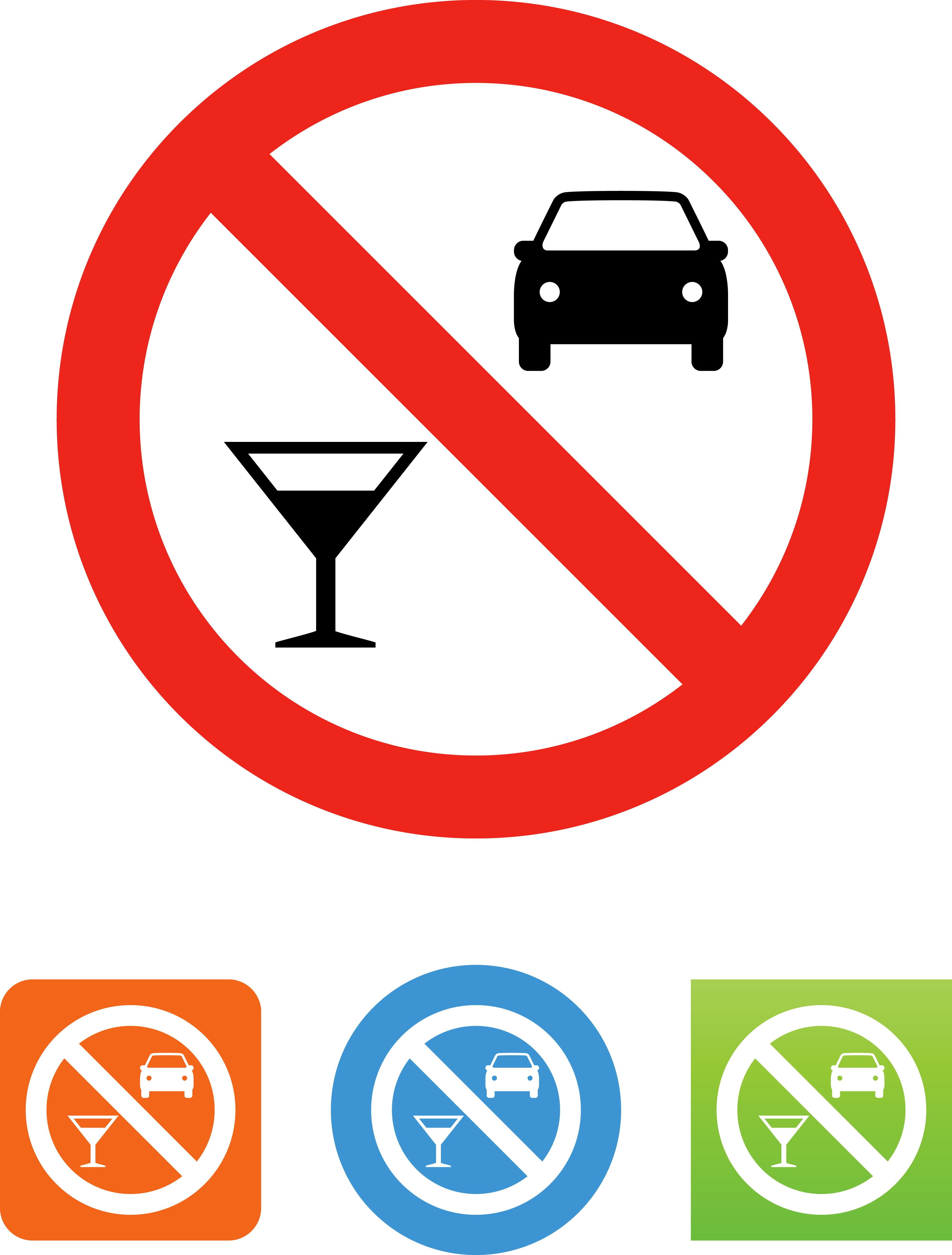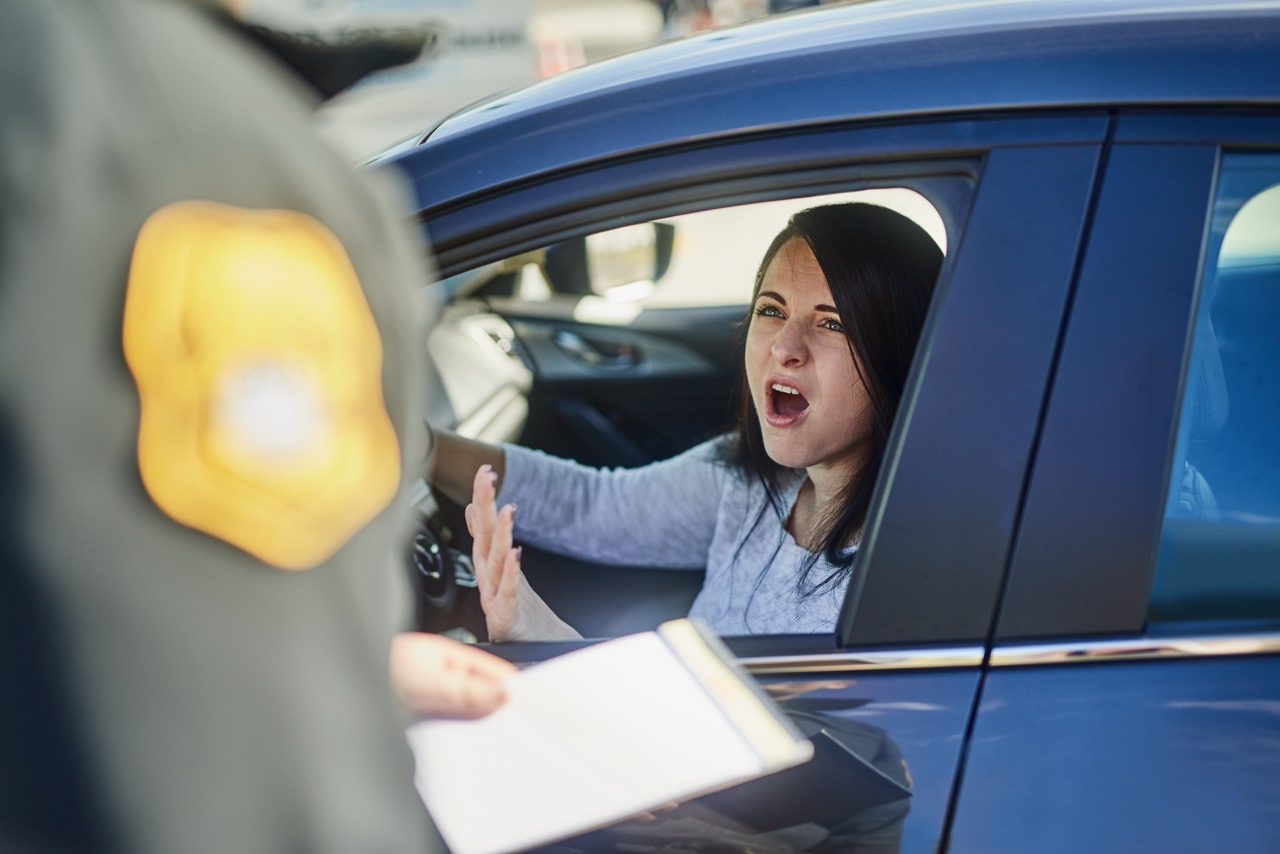 Elements of DUI: Actual Physical Control
Elements of DUI: Actual Physical Control
The first essential element of a charge for DUI is that the “defendant drove, operated, or was in actual physical control of a vehicle.”
The initial DUI law addressed driving under the influence and case law that resulted interpreted “driving” quite narrowly. However, when the DUI law was amended in 1982 a much broader interpretation of what driving, operating, or being in actual physical control of the movement of a vehicle took hold.
The terms “driving” or “operating” are fairly straight forward but “actual physical control” has led to a myriad of caselaw. A finding of actual physical control is based upon a totality of the circumstances, such as location of the vehicle, whether the engine was running, and/or whether there was additional evidence indicating the defendant drove the vehicle prior to police arriving at the scene.
However, more is required to establish actual physical control that just a defendant being behind the wheel of the vehicle while it is running. There must also be evidence to support the notion that the vehicle had been driven by the defendant while he or she was intoxicated.
Case law indicates that a defendant sitting in the driver’s seat of a vehicle which is not running is insufficient to prove actual physical control.





